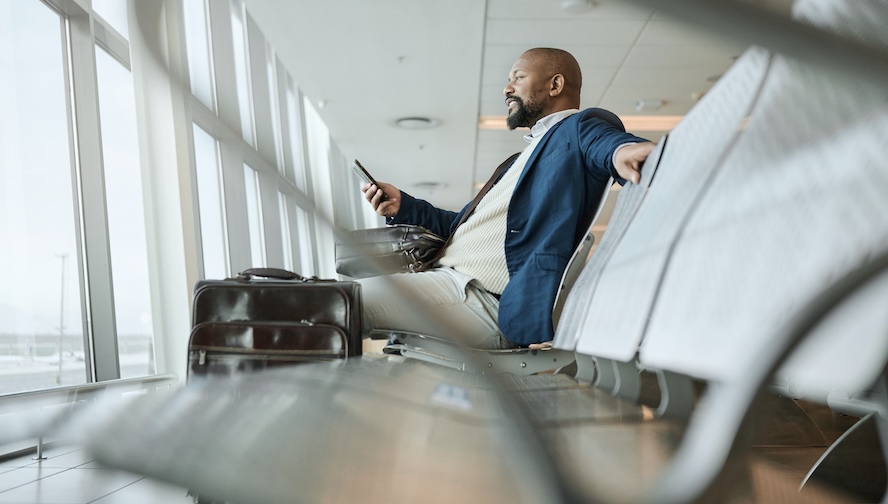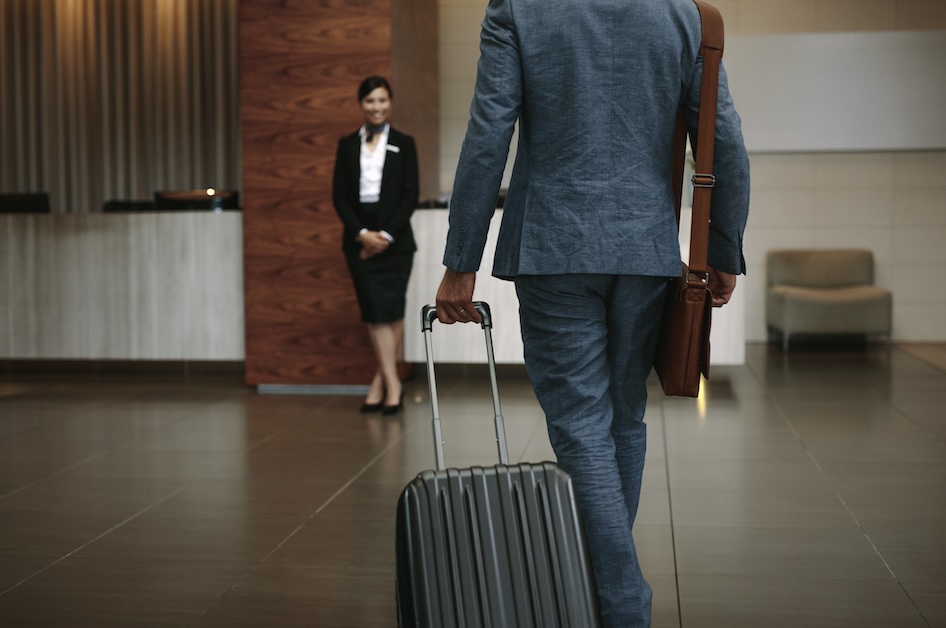
From the moment humans could participate in air travel, they needed efficient ways to secure seats on flights. Thus, airline reservation systems were born.
Since their inception, airline reservation systems have significantly shaped how we travel, and as technology has grown, they evolved to be faster and more user-friendly. Here’s a comprehensive look at the origins and evolution of airline reservation systems over time.
Early airline reservation systems
· 1940s: Manual Reservation Systems. Initially, airlines used manual methods to track reservations, involving large books and physical ledgers.
· 1946: Electromechanical Reservisor. American Airlines installed the first automated booking system called the Electromechanical Reservisor. This was followed by the Magnetronic Reservisor, which included temporary storage based on a magnetic drum. Although innovative, the system required human operators for lookups, making the process lengthy.
· 1953: American Airlines and IBM Collaboration. American Airlines’ CEO, C.R. Smith, met an IBM sales representative to seek improvements in the Reservisor system. This collaboration led to the idea of a fully automated airline reservation system.
· 1957: Trans-Canada Airlines' ReserVec. Trans-Canada Airlines (now Air Canada) introduced ReserVec, a computerized reservation system developed with Ferranti Canada, utilizing the Ferranti-Packard 6000 computer.
· 1960s: SABRE (Semi-Automatic Business Research Environment). American Airlines and IBM launched SABRE, the first real-time computer reservation system. It soon became the largest civil data processing system in the world, revolutionizing the industry with instantaneous access to flight information and bookings.
Expansion and development
· 1962: Apollo Reservation System. United Airlines, in collaboration with IBM, developed the Apollo Reservation System, which provided faster and more efficient reservations management.
· 1968: Delta Automated Travel Account System (DATAS). Delta Air Lines introduced DATAS, following the trend of creating proprietary systems.
· 1971: PARS (Programmed Airline Reservation System). IBM developed PARS for Delta Air Lines, another significant system in the industry.
Agents access reservation systems
· 1976: Computer Reservations System (CRS). United began offering its Apollo system to travel agents. While at first only limited to booking United's flights, it proved indispensable. SABRE, PARS, and DATAS soon became available to travel agents, expanding access beyond airlines' internal operations. Also, Videcom International, in collaboration with British Airways, British Caledonian, and CCL, launched Travicom, the world’s first multi-access reservation system, allowing agents and airlines to communicate via a common distribution language.
· 1978: Deregulation and SystemOne. Following deregulation, an efficient computer reservation system became crucial. Frank Lorenzo purchased Eastern Air Lines to gain control of its SystemOne computer reservation system.
Global expansion
· 1984: Global Distribution System (GDS). The term "GDS" was coined as systems like SABRE and Apollo expanded globally, allowing travel agents around the world to access multiple airlines' schedules and fares. Major GDS providers included SABRE, Galileo (originally Apollo), and Amadeus.
· 1990s: Internet Reservations. The advent of the internet brought online booking systems, enabling customers to book directly through airline websites.
· 1992: Amadeus Launch. A consortium led by Air France and Lufthansa launched Amadeus, modeled after SystemOne. Subsequently, Delta, Northwest, and TWA formed Worldspan in 1990, and British Airways, KLM, and United Airlines formed Galileo International in 1993.
Modern innovations
· 2000s: Low-Cost Carrier Systems. Low-cost carriers developed simpler, more cost-effective reservation systems tailored to their business models, such as those by Southwest Airlines in the U.S. and Ryanair in Europe.
· 2010s: Mobile and Cloud-Based Systems. The rise of smartphones led to mobile booking applications. Cloud-based technology began enhancing system scalability and reliability.
· 2020s: AI and Machine Learning Integration. Airlines started integrating AI and machine learning to personalize customer experiences, predict demand, and optimize pricing and inventory management.
These milestones in airline reservation systems show the evolution from manual to real-time technology, reflecting better efficiency and customer satisfaction. Christopherson Business Travel leverages modern GDS systems such as Wordlspan, Sabre, and Travelport+ to ensure seamless travel management. No doubt, these technologies will only continue to become better in the future.
► You’ll also like: When are the peak hours for airport security lines?






